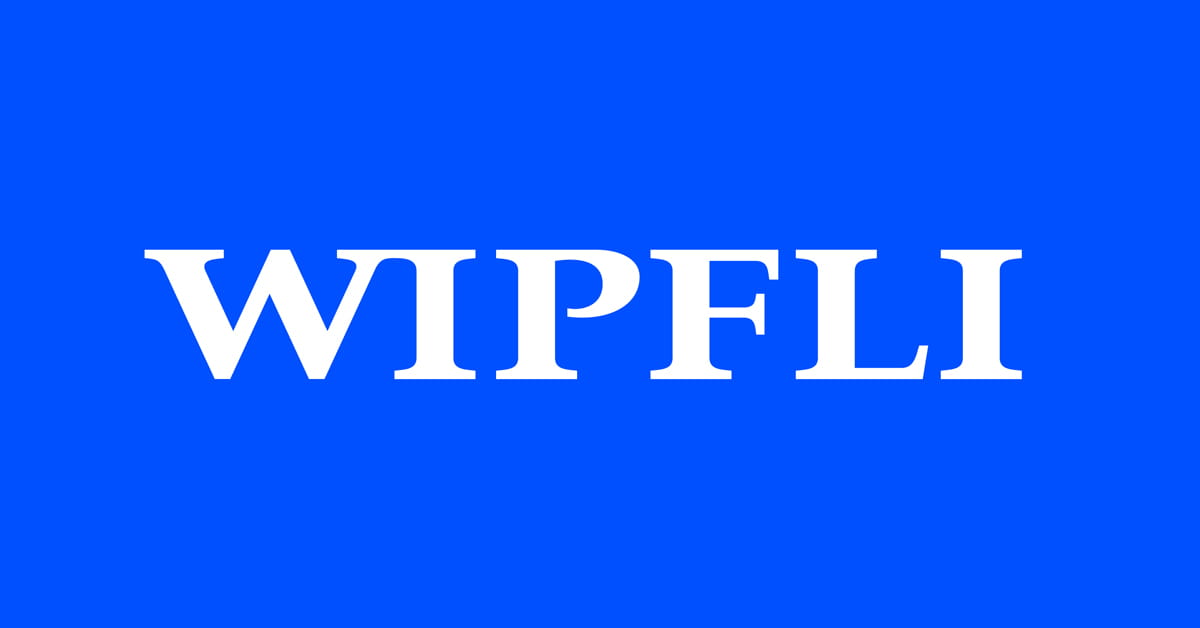-
INDUSTRIES
-
SERVICES
-
SOFTWARE SOLUTIONS
-
- Wipfli Marketplace
-
-
ABOUT
- RESOURCE HUB
- EVENTS
-
CAREERS


